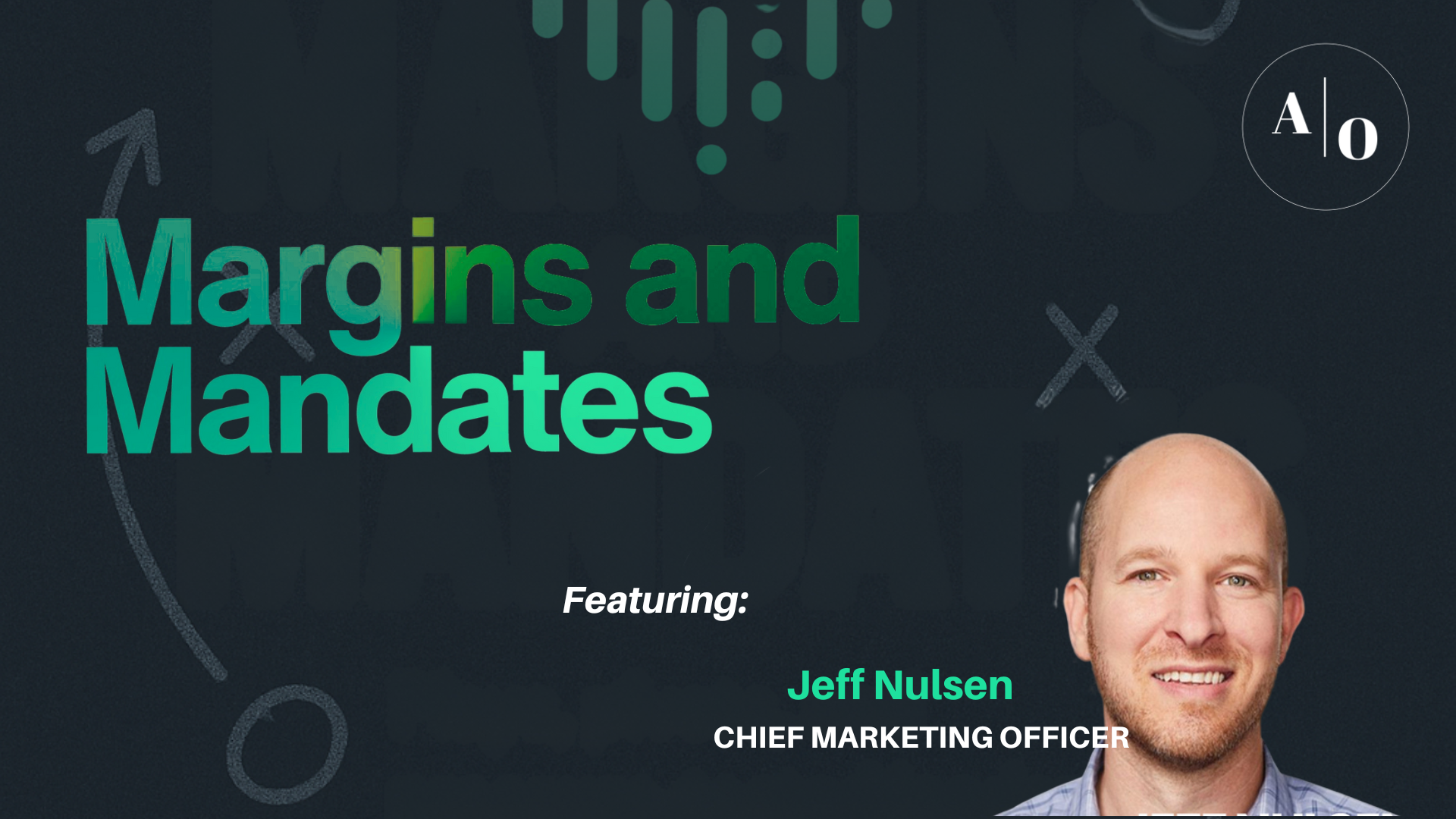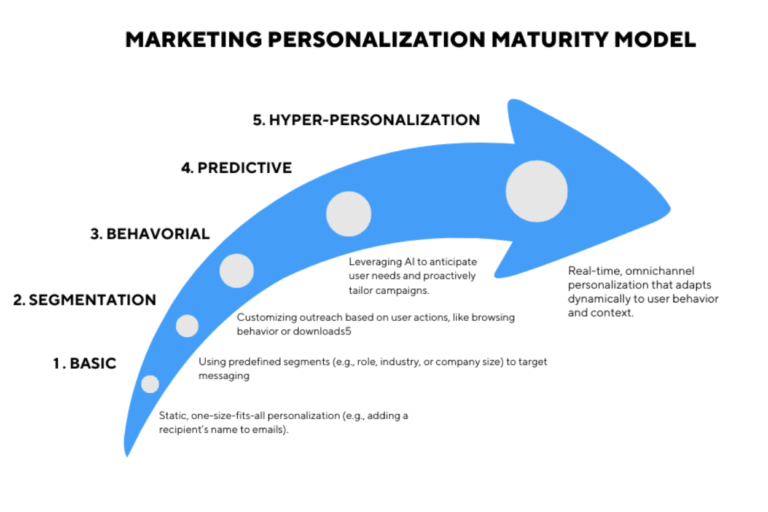As a former executive in the fast-paced tech industry, I often found myself wishing for a trusted circle of peers who could offer fresh perspectives and challenge my thinking. Leadership at the highest levels can be lonely, especially when every decision carries weight. What if there had been a space where I could openly discuss challenges, exchange ideas, and gain insights from other leaders who truly understood the stakes? That’s the value of a mastermind group—an exclusive forum designed to help executives grow personally and professionally through collective wisdom.
Mastermind groups have become a powerful resource for business leaders, particularly in the tech industry, where the pace of change is relentless, and the need for agility is paramount. Let’s explore why these groups are transformative and what makes an ideal participant.
The Transformative Benefits of Mastermind Groups
Driving Tangible Business Growth
Mastermind groups aren’t just about swapping war stories—they deliver measurable results. A study by Dun & Bradstreet revealed that Vistage CEO members grew their annual revenues by 4.6% in 2020, while non-members experienced a 4.7% decline. This stark difference underscores the value of surrounding yourself with peers who push you to think strategically and act decisively. In a mastermind group, every member’s success contributes to the collective momentum, creating an environment where growth becomes the norm.
Leveraging Diverse Perspectives
One of the most valuable aspects of a mastermind group is its diversity of thought, even among people in the same role or industry. Members often bring different experiences, strategies, and approaches to similar challenges. For instance, two SaaS leaders might tackle the same problem differently—one leveraging data-driven insights while the other focuses on customer engagement strategies. As someone who’s been in the executive seat, I know how tempting it is to stick to familiar methods. Sharing ideas with peers in the same field helps you see challenges from new angles and uncover creative solutions.
Deliberately seek the company of people who influence you to think and act on building the life you desire.
Napoleon Hill, Think and Grow Rich
This diversity of thought helps executives challenge their assumptions and uncover blind spots.
Challenging Assumptions
In the day-to-day grind of leadership, it’s easy to fall into the trap of thinking your way is the only way. Mastermind groups excel at disrupting that pattern by asking the tough questions. These are the conversations that encourage you to critically evaluate your strategies. For example, when I presented a plan to expand into new markets during my executive tenure, I would have benefited from peers probing my assumptions about customer demand and resource allocation.
This process of constructive challenge often leads to breakthroughs. A Forbes article on mastermind groups aptly described it as “collaboration and cooperation at its finest.”
Creating a Safe Space for Feedback
Leadership can be isolating—few people understand the pressures of guiding a company forward. Mastermind groups provide a confidential space where leaders can share openly without fear of judgment. As a member, you gain access to candid, honest feedback that’s often hard to come by in other settings. This environment fosters trust and allows members to work through challenges collaboratively.
Accountability That Drives Action
How often have you left a conference or workshop energized with ideas, only to struggle with follow-through? Mastermind groups solve this problem by building accountability into the framework. Members set goals and report back on their progress, creating a system of mutual responsibility. In my own coaching practice, I’ve seen how this dynamic transforms good intentions into actionable results.
Fostering Professional Development
The benefits of mastermind groups extend beyond immediate problem-solving. They are also incubators for leadership growth. Members sharpen their decision-making skills, learn to communicate more effectively and build confidence in their ability to lead. For me, these skills were hard-won through years of trial and error. A mastermind group accelerates this process by providing real-time feedback and guidance from experienced leaders.
Who Thrives in a Mastermind Group?
Not everyone is a fit for this type of group, which is why it’s crucial for me as a facilitator to carefully select members who exhibit the right characteristics. The group’s success depends on creating an environment where individuals can build trusting relationships and openly engage with one another. By choosing participants aligned with the group’s purpose, values, and goals, I can foster a dynamic where everyone feels safe, supported, and empowered to contribute. This thoughtful selection process ensures the group functions effectively, maintains positive energy, and achieves meaningful outcomes together.
The most successful participants share several key characteristics:
Commitment – Regular attendance and active participation are non-negotiable. A mastermind group is only as strong as its members’ engagement. Leaders who show up consistently and contribute fully reap the greatest rewards.
Openness to Feedback – It takes courage to hear hard truths, but the ability to receive constructive criticism is essential. Mastermind groups thrive on honesty, and members must be willing to listen and adapt.
A Giving Mindset – The best participants are those who give generously, offering their insights and experiences without expecting immediate returns. This culture of reciprocity creates a cycle of mutual benefit.
Intellectual Curiosity – Great leaders are lifelong learners. Those who ask questions, explore new ideas, and remain curious about the world around them bring invaluable energy to a mastermind group.
A Readiness for Growth – Mastermind groups are most effective for leaders who are ready to elevate their game—not for those amid a crisis. The willingness to grow and embrace change is a defining trait of successful members.
Invest in Your Growth
Mastermind groups provide a rare opportunity to grow alongside leaders who understand your challenges. They create a space for idea exchange, accountability, and skill development—essential for navigating today’s dynamic business world.
Looking back on my career, I realize how much faster I could have grown with such a group. Now, as a certified coach, I’m committed to creating these transformational experiences for executives. The power of collective wisdom is undeniable—it’s a game-changer for those ready to invest in themselves.
Why Join My Mastermind Group?
Joining my mastermind means working with high-caliber leaders equally invested in your success. With a clear structure, curated sessions, and a culture of trust, this group is designed to inspire strategic thinking, provide honest feedback, and drive results.
If you’re ready to gain clarity, expand your influence, and achieve meaningful progress, this is your chance. Don’t leave your growth to chance—join a group that delivers real value and a clear path to success.
References
- Bottary, L. (2020). Peernovation: What Peer Advisory Groups Can Teach Us About Building High-Performing Teams. Archway Publishing.
- Hill, N. (1937). Think and Grow Rich. The Ralston Society.
- Vistage. (2021). Why every CEO needs a peer advisory group. Vistage Research Center.
- Forbes Coaches Council. (2022). The power of mastermind groups: Unlocking success for business owners. Forbes.
- Dun & Bradstreet. (2020). Vistage member growth data. Vistage Research Center.
- The Great Game of Business. (n.d.). The 7 secrets of highly effective peer advisory groups. Great Game Blog.
- Alvey, C. (2022). How to tell you’re ready for a peer advisory group. LinkedIn Pulse.
- Effective Managers. (n.d.). The power of collective wisdom: Why peer advisory groups are a CEO’s secret weapon. Effective Managers.
- VA Council of CEOs. (2021). 10 attributes of a great peer group member. VA Council of CEOs Blog.
- 1Mastermind Better. (n.d.). Mastermind quotes for inspiration. Mastermind Better.










